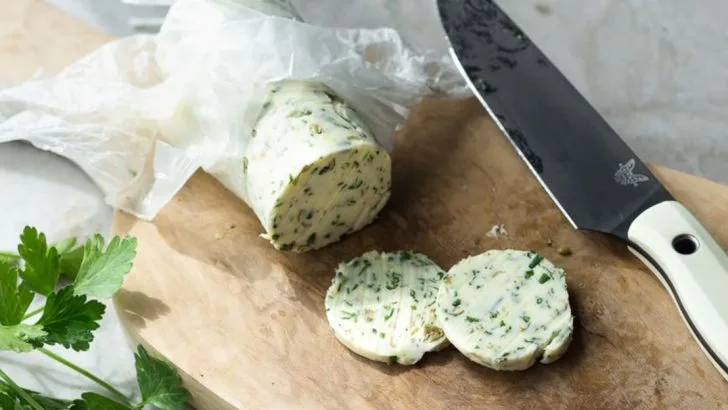If you’ve ever harvested a bounty of fresh garden herbs, you know how important it is to preserve them properly to capture their full flavor and aroma. Whether you’re drying them for winter use or simply want to keep them on hand for year-round meals, there are some key methods that will make sure your herbs retain their essence.
From air-drying to using a dehydrator or oven, each method has its benefits, depending on the herbs you’re working with. Storing them correctly is just as crucial—airtight containers, glass jars, and dark, cool places will keep your dried herbs fresh for months. With the right techniques, you’ll always have a stash of your favorite garden flavors at your fingertips.
Air Drying
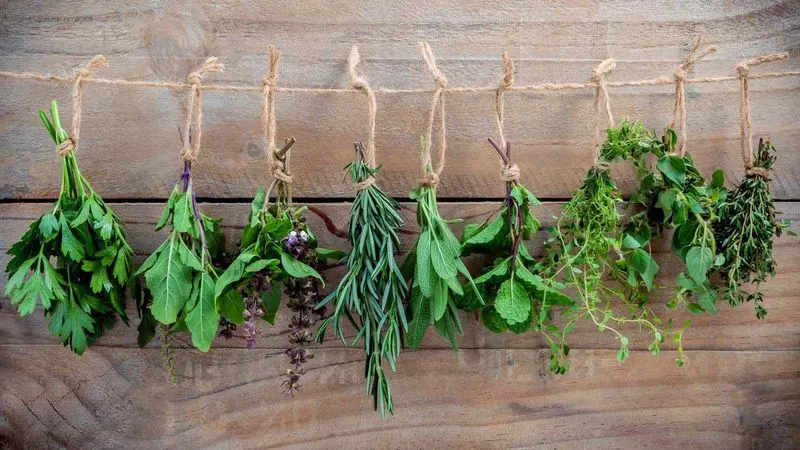
The simplicity of air drying herbs is a method cherished by many. Gather a small bunch of herbs, tie them with a string, and hang them upside down in a well-ventilated area away from direct sunlight. This method efficiently retains the essential oils and flavors. Depending on the climate and humidity, the herbs may take one to two weeks to completely dry. Once dry, crumble the leaves and store them in airtight containers. This classic method is especially well-suited for herbs with low moisture content such as rosemary or thyme.
Oven Drying

A quick method, oven drying, allows you to preserve herbs in a matter of hours. Preheat the oven to its lowest temperature, place the herbs on a baking tray, and keep the door slightly open. This ensures moisture escapes, preventing the herbs from steaming instead of drying. Monitor closely to avoid burning. Once brittle, store them in sealed jars. Ideal for individuals in humid areas where air drying might be challenging, this technique is best for herbs like mint or oregano, which can withstand a bit of heat.
Microwave Drying
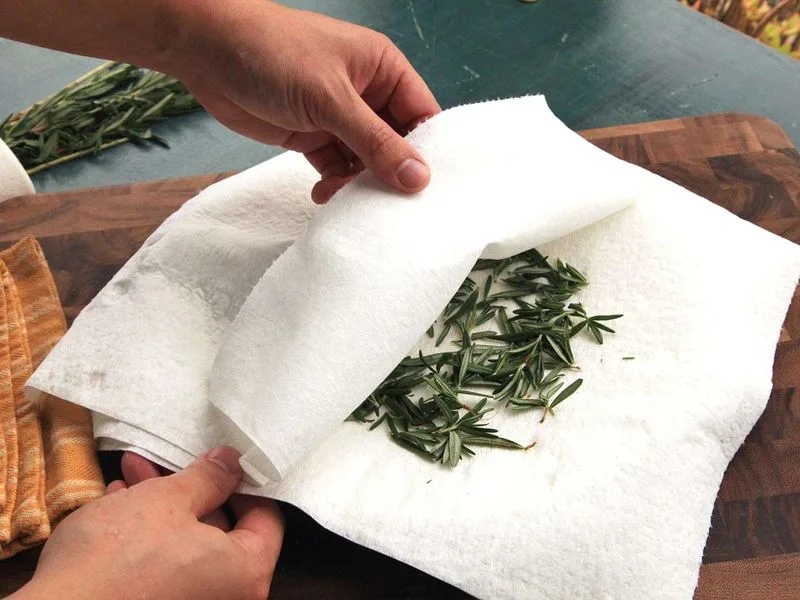
For a speedy solution, the microwave offers a surprising way to dry herbs. Lay the herbs on a paper towel, cover them with another towel, and microwave on low in short bursts of 30 seconds. Check frequently to avoid scorching. This method is handy for those pressed for time and works best with tender herbs like parsley or cilantro. Once dried, store them in airtight containers to maintain their potency. Although it requires careful attention, this technique is perfect for quick, small batches.
Dehydrator Drying
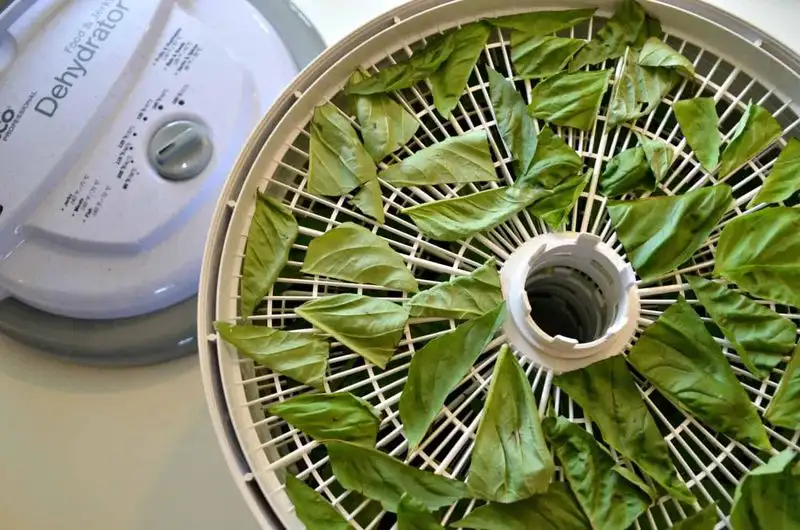
Using a dehydrator is a modern approach that guarantees consistent results. Spread the herbs in a single layer on the trays and set the temperature to around 95°F. This controlled environment ensures even drying without losing essential oils. The process can take several hours, but the outcome is worth the wait. Once fully dry, store the herbs in airtight containers away from light. This method is particularly effective for herbs like sage or dill, where preserving subtle flavors is crucial.
Freezing in Ice Cubes
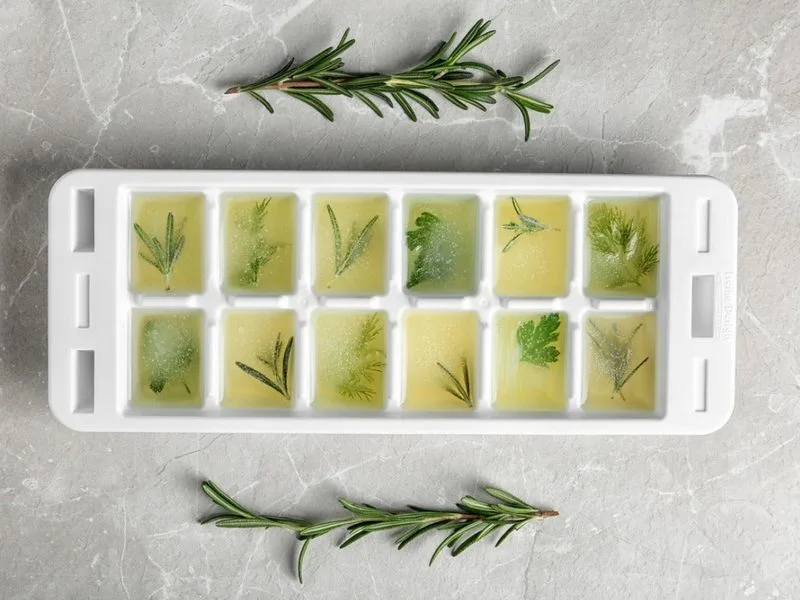
Capturing the fresh essence of herbs, freezing them in ice cubes is both innovative and practical. Chop the herbs and place them in ice cube trays, covering with water before freezing. These cubes can be dropped directly into soups and stews, releasing flavor as they melt. This method preserves the vibrant color and taste, making it a favorite for herbs like basil or chives. It’s a simple way to add a burst of freshness to winter meals, keeping the garden’s vitality alive.
Herb Salt
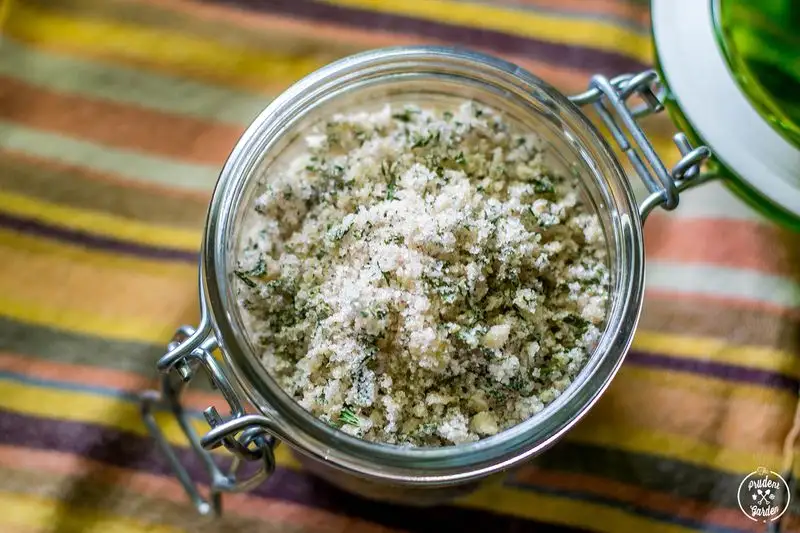
Creating herb salt is a delightful way to infuse dishes with flavor. Mix coarse salt with chopped herbs, allowing the mixture to sit in a cool, dry place. As the herbs dry, their essence melds with the salt, creating a fragrant seasoning. This method is not just about preservation; it transforms herbs into a versatile culinary tool. Ideal for seasoning meats or vegetables, a jar of herb salt can last a long time in the pantry. This approach works wonders with rosemary, thyme, and other robust herbs.
Herb Vinegar

Herb vinegar adds a gourmet twist to salads and marinades. Submerge fresh herbs in vinegar, seal the bottle, and store in a cool, dark place for a few weeks. The acid extracts the flavors, resulting in a bold, savory vinegar perfect for dressings. This preservation method not only saves the herbs but enhances their use. Tarragon and dill are particularly suited for this, providing a complex taste profile. Crafted with care, a bottle of herb vinegar makes a thoughtful gift too.
Herb Butter
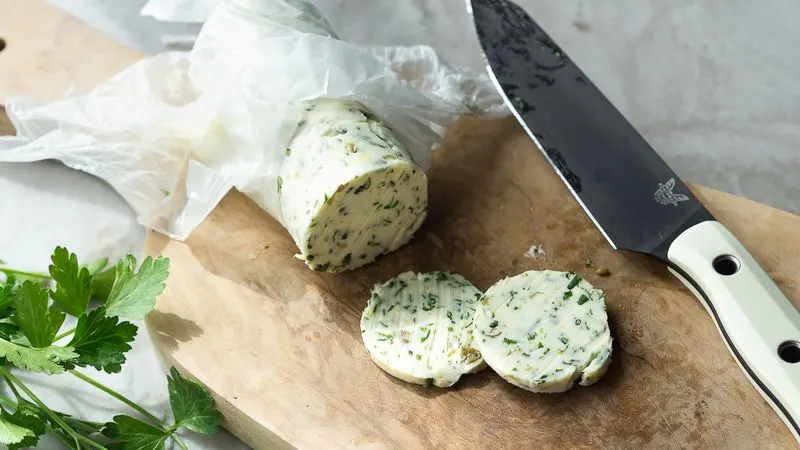
Infusing butter with herbs is a treat for any kitchen. Blend softened butter with finely chopped herbs, shape it into a log, and wrap in parchment paper. Stored in the fridge or freezer, it’s ready to enhance breads or steaks. The buttery base preserves the herbs’ essence, offering a luscious addition to meals. Garlic chives and basil make excellent choices, infusing rich flavor. This method invites creativity, allowing endless combinations tailored to your palate. Herb butter stands out as a gourmet way to savor garden flavors.
Herb Paste

A vibrant herb paste brings a burst of garden freshness. Blend herbs with olive oil until smooth, then store in a jar with a thin layer of oil on top. This barrier prevents air exposure, preserving the paste’s vivid color and flavor. Parsley and cilantro are favorites for this method, offering a zesty addition to pasta or sandwiches. Easy to prepare and store, herb paste captures the garden’s vitality, ready to enhance dishes as needed. It’s a versatile way to keep the taste of summer alive.
Herb Infused Oil
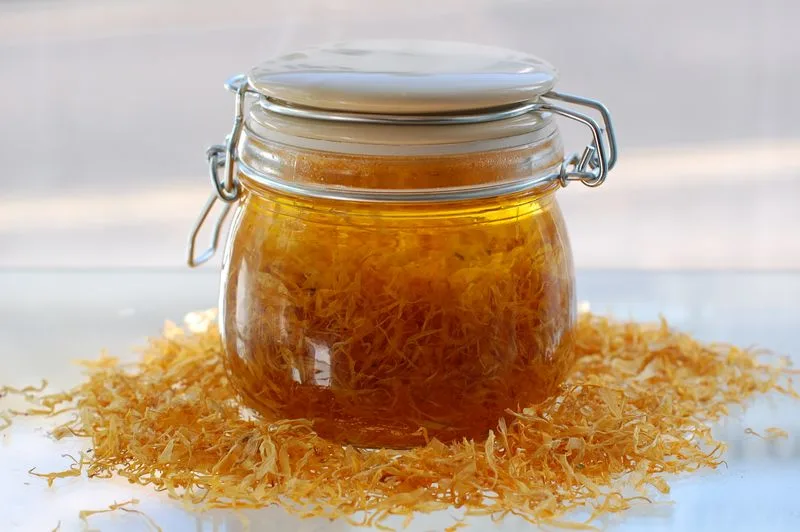
Herb-infused oil is a culinary gift that elevates any dish. Combine herbs with olive oil in a sterilized bottle, and let it steep in a sunny spot for a week. The oil captures the essence, providing a flavorful drizzle for salads or pastas. Rosemary and garlic are classic choices, creating a robust oil that lasts for months. This method not only preserves but enhances the herb’s attributes. It’s a wonderful way to enjoy the aromatic qualities of your garden throughout the year.
Herb Sachets
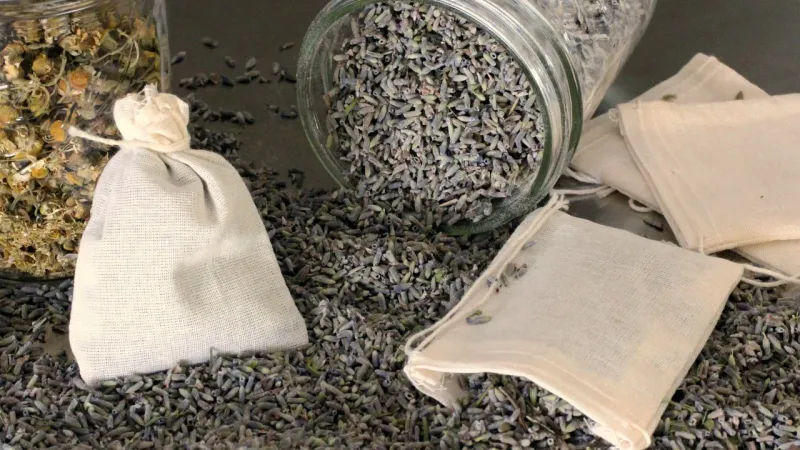
Herb sachets offer a fragrant way to store herbs. Fill small fabric bags with dried herbs and place them in drawers or cupboards. This not only keeps them fresh but adds a delightful aroma to your kitchen. Perfect for herbs like lavender or thyme, these sachets can also be used in baths or as natural air fresheners. They preserve the herbs’ fragrance and are a charming addition to your home. An elegant and practical method, herb sachets extend the herbs’ life beyond the kitchen.
Pestle and Mortar Grinding
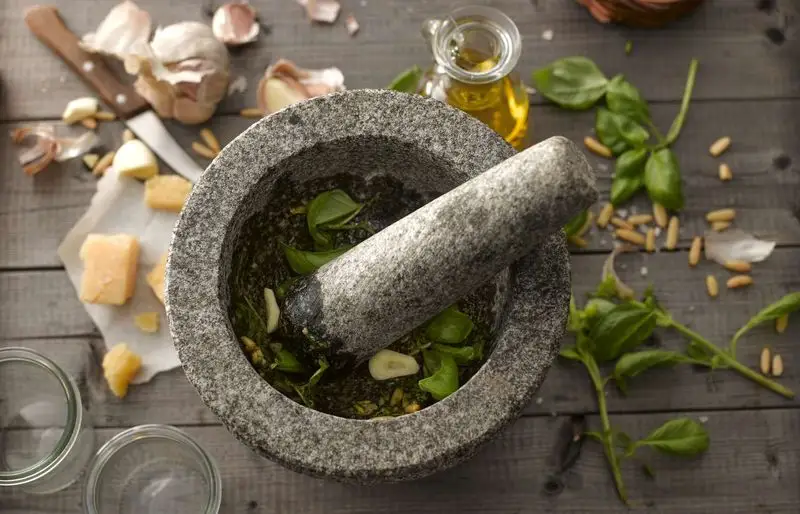
Grinding herbs with a pestle and mortar releases their natural oils, intensifying flavors and aromas. Crush dried herbs just before use for maximum freshness. This method is perfect for those who enjoy a hands-on approach. The tactile experience adds to the culinary process, enhancing the connection to the ingredients. Rosemary and sage are ideal candidates, transforming into fine powders ready to season dishes. A timeless technique, grinding by hand preserves the essence, offering a sensory journey into the world of herbs.
Vacuum Sealing
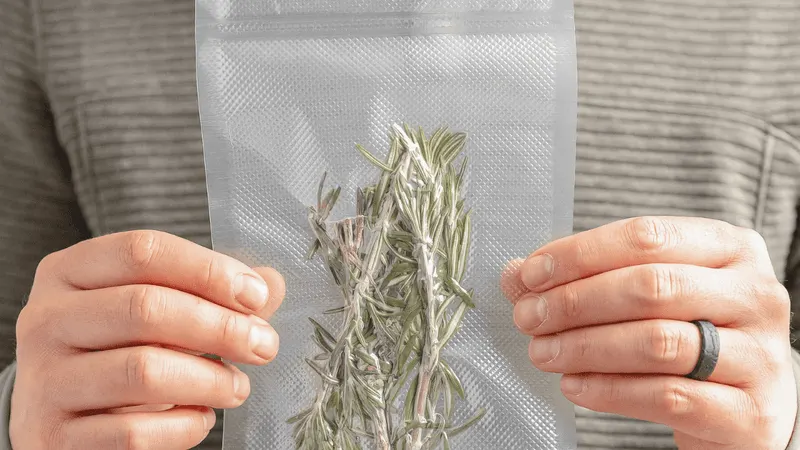
The precision of vacuum sealing ensures herbs stay fresh longer. Place herbs in vacuum bags, remove air, and seal. This method prevents oxidation and keeps the herbs’ vibrant color and flavor intact. Ideal for long-term storage, vacuum sealing is suitable for those with ample harvests. It’s a reliable way to maintain herb quality, ready for culinary use at any time. Basil and oregano benefit greatly, remaining as fresh as the day they were picked. This modern approach complements traditional herb preservation techniques.
Pickling Herbs
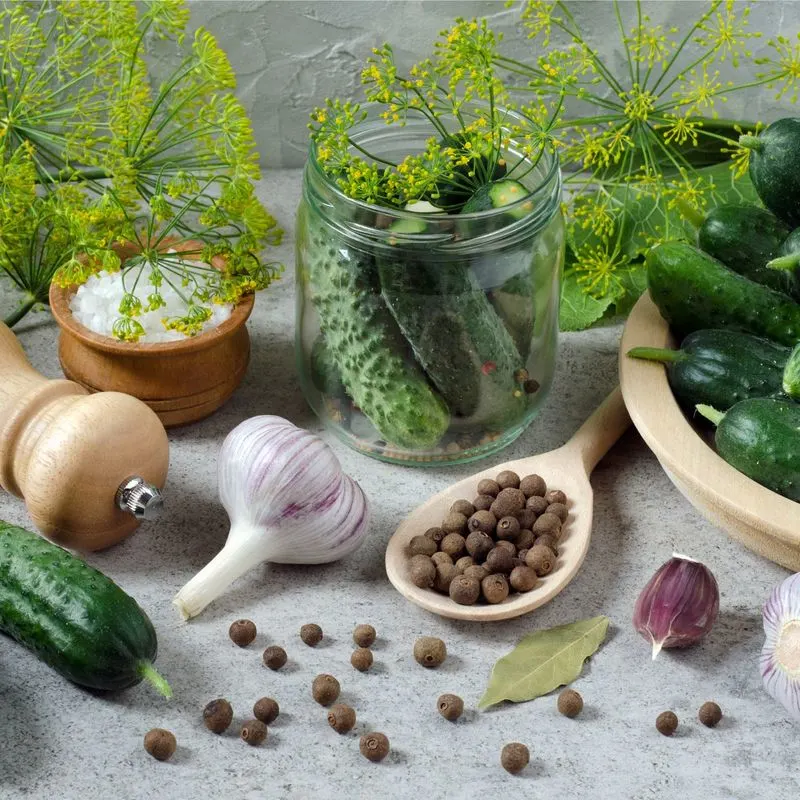
Pickling herbs offers a tangy twist on preservation. Prepare a brine with vinegar, water, and spices, then add herbs and seal the jars. The pickling process infuses the herbs with a zesty flavor, perfect for sandwiches or salads. This method extends the life of the herbs while imparting a unique taste. Dill and basil are popular choices, balancing the vinegar’s sharpness. Pickled herbs are not only a culinary delight but also a visual treat, bringing a splash of color to your pantry.

